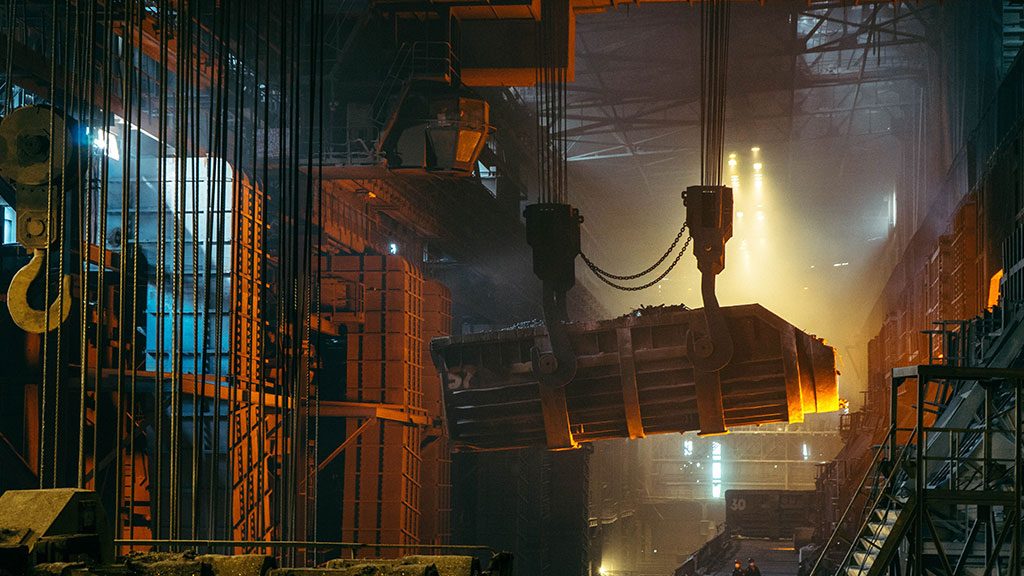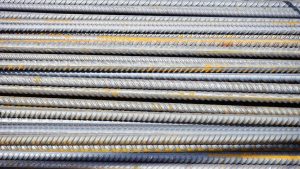By all accounts the federal government’s speech from the throne Sept. 23 promises a sharp turn towards driving a greener economy and the Canadian Steel Producers Association (CSPA) is all ears.
CSPA president Catherine Cobden says the timing is perfect since the organization tabled its own ambitious plan to get to net-zero emissions by 2050 and if the government’s plan is aligned, great things could happen.
“There are polls saying Canadians want a sustainable economy and an investment in clean technologies,” she says, pointing to a poll for the Canadian Nuclear Association by Abacus. “This is what the government is looking at.”
Canadian steel should be part of that future, she says, and the net-zero 2050 goal is the central plank of the CSPA’s newly unveiled Climate Call to Action – a declaration and roadmap of the necessary conditions to achieving net-zero emissions.
“We know that climate change is a global challenge that requires our collective action. While net-zero is an aspirational goal, we believe we can achieve our vision of a low-carbon steel sector if we work in collaboration with governments, stakeholders, customers and the supply chain.” says Cobden.
As she notes, steel is 100 per cent recyclable and the most recycled material in the world.
“We have already reduced emissions by 25 per cent since 1990 by improving energy efficiency and by ensuring best practices across operations,” she says.
What’s needed is more of the carrot approach, leveraging the stick of the Carbon Tax on energy, she says, because steel production is carbon intensive and heavily dependent on coal. There is no existing technology that can be the magic wand.
There are some interesting technologies being developed such as hydrogen as a reducing agent in iron ore processing, carbon capture and storage and downstream use, electrification of heating processes, biomass to replace coal and processing iron ore through electrolysis.
“What we want is for the revenues from the Carbon Tax (relating to steel production) to be invested 100 per cent in technologies to achieve net-zero 2050,” she says. “Incremental change will continue to happen but without significant investment in research and development and attracting the right talent to our industry how do we take those big leaps forward?”
Steel is critical both as a material and as an industry driving the Canadian economy. It employs 23,000 Canadians directly and another 100,000 indirectly, pumping $4.2 billion into Canada’s GDP. Still, Canada buys more American steel than any other country in the world, accounting for 49 per cent of U.S. exports in 2018.
Over $13 billion of steel was traded between Canada and the United States in that year.
During the transition towards the goal, she says, Canadian steel not only has to hold and improve its market competitive position but also deal with the externalities that impact the sector such as dumping and trans-shipments. On those fronts, government has to be front and centre assisting the sector, she says, through enforcement and oversight.
The lifting of U.S. tariffs cleared the way for a prosperous future for the industry, but it’s been since beset by the burden of COVID-19 and a general economic slowdown.
“If the government is thinking about a green agenda and the merits of balancing it with a strong economy, this is a great opportunity,” she says.
While the CSPA works closely with government science agencies and universities to develop the best-in-class material science around steel usage and steel production, it’s imperative that if the government embarks on a bold new direction that it doesn’t abandon those sectors which drive the economy, she says.
The technologies needed may not all exist today but with research and investment they will emerge.
“We have to look at all of them and invest in say 10 and hope that one or two or three succeed,” she says, advocating for a venture capitalist approach, which is to invest in 10 startups and expect only two or three to hit big.










Recent Comments
comments for this post are closed